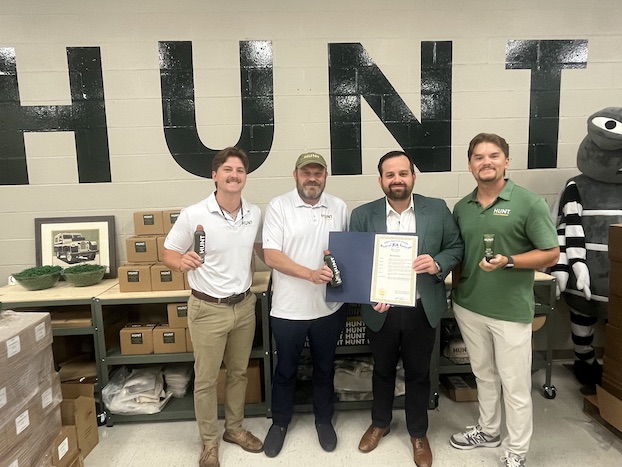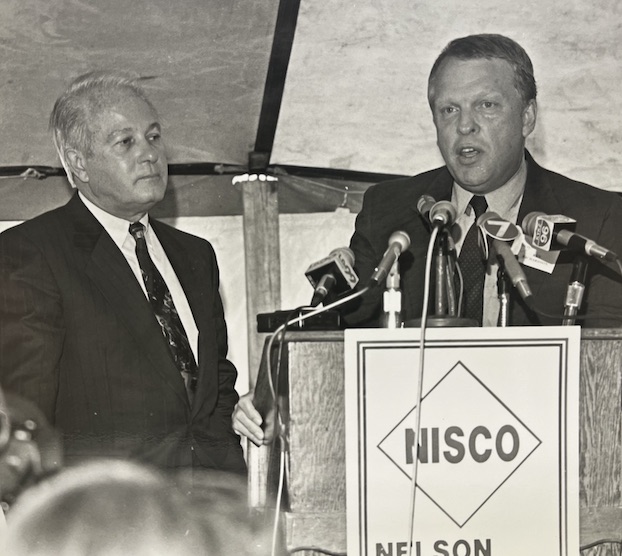Mike gets job done from his comfy cave
Published 6:19 pm Friday, August 25, 2017
With much of America in such a protesting mood these days, it was odd that the PETA folks — People for the Ethical Treatment of Animals — were strangely silent when LSU publicly unveiled Mike VII as the latest live mascot.
LSU has long been in the radical group’s crosshairs, particularly when it comes time to pick another tiger to spoil rotten. To its credit the school has always fried up some more bacon and basically told them to mind their own business.
Trending
The LSU authorities will just point out that newest tiger on campus is a “rescue tiger,” and that they did not track down the latest Mike in the wilds of India.
Maybe that was enough this time. PETA did get its obligatory shot in, urging LSU not to bring in a successor back when Mike VI died. Maybe it was force of habit.
LSU just kind of ignored them, deferring only to choose words carefully when pointing out that the former “Harvey” was one lucky tiger to be taking the name “Mike VII.”
Or maybe it was the tiger species itself begging PETA to sit this one out.
It came to light, for instance, that there are more tigers born and bred in captivity in the United States than are in the wild in the rest of the world.
Captivity is probably a good place in the USA. Do we really want live tigers running wild up and down the streets of America?
Trending
And LSU’s idea of captivity — an upgraded palatial habitat with all creature comforts attended to and a first-class veterinary school on speed dial — may be the best gig there is for a mascot.
“Harvey hit the tiger lottery,” said Jeremy Hargett, the owner of the Florida-based Wild at Heart Wildlife Center told The Advocate of Baton Rouge. It was Hargett who donated Harvey. “I would never be able to afford a habitat like he has now at LSU. Most sanctuaries couldn’t afford that.”
One can well imagine that when word got out in the tiger community that there was an opening in Baton Rouge it caused quite a stir.
Most, I’m sure would have hitchhiked to Baton Rouge.
The former Harvey was delivered by private jet.
LSU had announced long ago that whenever a new tiger arrived, it would no longer be paraded around the sidelines before home games.
That’s just as well.
The whole business of a live tiger on the sidelines was probably the most overrated aspect of the entire Tiger Stadium game experience anyway.
It made for some tall tales for the sports writers covering teams about to visit the joint for the first time. But that’s about all. It was always based more on lore and legend than reality.
Yes — horror of horrors — they stationed the travel cage, with Mike inside, right outside the visiting locker room.
Teams jogged past it on the way to pregame warmups, none that I call showing any real trepidation.
Yet at least one coach even overreacted and, to prepare for the thrill ride, somehow located a real tiger in his hometown and had it stationed in a cage for one of his team’s practices that week.
A prime case of over-coaching.
Hello!
The tiger in Tiger Stadium was locked in a cage.
He wasn’t going anywhere. No opposing players were ever going to be served as appetizers.
The home fans, meanwhile, seemed to have lost interest in the whole escapade.
Face it, unless you were on the first four or five rows of the stadium, all you were staring at was a tiger cage, not a tiger.
The cage could have been empty for all 99 percent of the fans could tell.
Now, if they’d ever gotten the nerve to let a leashed Mike lead the Tigers out of the tunnel before a game — sort of the way Colorado and Ralphie the Buffalo do it — then maybe we’re talking about something worth seeing in person.
I don’t know who would volunteer for leash duty, or how many beers it would have taken, but it might have livened things up.
Of course, some said most of the live tigers were no more dangerous than house pets, but that’s easy to assume when you’re not holding the leash.
In less sensitive times, the LSU cheerleaders would take perch atop the cage, banging on it to annoy Mike enough that he might let out a mighty (crowd-pleasing) roar into a nearby microphone.
Still, there’s some wild legend that however many times Mike was coerced into a roar, that’s how many touchdowns his human counterparts would score that night.
A likely story if there ever was one, probably embellished as there are no documented cases of that being true. Another deflating rumor was that the roars were taped in advance.
At any rate, it’s not that big of a deal.
Some years ago Mike’s attendance at games became optional anyway, a choice left to the whims of Mike.
They were no longer going to coerce him into the travel cage for the trip across the street.
If he didn’t want to go, he could stay home on the couch and watch it all on hi-def, with plenty of cold beer in the refrigerator.
Mike VI apparently caught on.
He was an infrequent guest in his final years, opting to stay in his man cave.
For trivia buffs, with the tradition officially abolished that means the last time LSU had, or will have, a live mascot at a home game was the season opener of 2015 against McNeese. The game didn’t happen — a thunderstorm chased everybody away midway through the first quarter — but the tiger did.
It’s just as well Mike VII won’t ever see the inside of Tiger Stadium.
This isn’t really caving in to the PETA nuts — or if it is, it’s justifiable this time.
Forget about his comfort.
He’s more useful in his role as the paws of the program in his multi-million dollar home anyway.
It seems like about half of Tiger Stadium’s game-day customers pass by the habitat en route to the stadium. It’s the most end to the idea, “Hey, just meet me at …”
Mike VII will be there.
It’s a much better tradition to get an actual, up-close glimpse of a beloved mascot at play than to just believe the rumor that he’s behind the mesh of that cage down on the sidelines.
l
Scooter Hobbs covers LSU athletics. Email him at shobbs@americanpress.com





